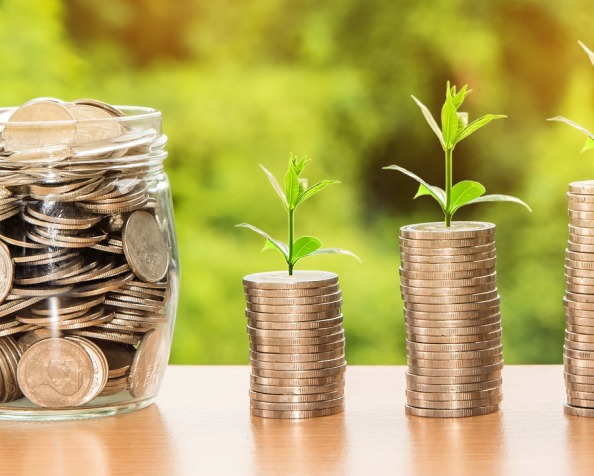When it’s been dry for months, the last two crops have failed, and it’s still 40 degrees in the shade, you’d have to be a sociopath not to have empathy for the farmer.
No matter how courageous and resilient farmers might be, there are limits to what any human being can handle, physically, financially and emotionally. And drought is tough, really tough.
Even the most closeted city dweller should feel something and want to help. Donate maybe. Perhaps lobby for governments to assist in what is an obvious emergency. And that is what has happened in the current drought in NSW.
Public donations have come from all around the country and state and federal government have allocated drought relief funding because, more often than not, the human response to a crisis is to help.
Emergency assistance when drought is at its worst helps to alleviate the worst of this for those most affected. It is a natural and proper response. What is known about the effects of drought on rural communities is that not everyone is affected the same way, some really struggle and others ride it out.
Some farmers suffer acute or prolonged hardship. Other survive, some relatively unscathed. Typically the survivors have prepared their stock, kept fodder on their paddocks by resting them, closed down their crop production early and planted a cover crop, or have cash in hand from a financial plan that anticipated lean times. Some or all of these tactics make it possible to sit out dry times. These landholders are also in great shape to benefit when the drought breaks as it always does.
The thing is it was the same in the previous drought and will be the same in the next one. And there will be a next one. Some farmers need emergency help and others do not.
But Jacki Schirmer and her colleagues suggest that multiple inquiries and research studies have concluded that this approach is not enough and we need to support farmers in good times as well as bad. Perhaps get a little ahead of the emergency and promote some of the actions that the survivors knew about.
When water supplies dwindle we panic and forget about it when it’s been raining. The Australian federal government did the same with energy supply. Forget about it until the lights go out.
This is poor planning and terrible leadership.
There is great irony in a Minister handing out drought relief and making it a photo op for his leadership. If he was a true leader he would ask if there was anything that could be done about a drought in advance of it happening. For example, is there insurance that can reduce some of the pain? There is a solution for most farmers and, although this is a contentious suggestion, most farms can be drought-proofed to some degree. However, it requires planning, a long game and as Schirmer et al, support in the good times.
What should drought relief look like?
If the idea is not to need the emergency response, then ‘relief’ should happen before the drought, embedded in the production system.
This would include actions that are
- more conservative to production
- that promote retention of soil moisture (most actions that retain ground cover and reduce tillage),
- that encourage soil carbon (because this helps retain soil moisture)
- keep water on the farm by slowing down water movements (as Peter Andrews advocates)
- production system change
Suppose you take the drought relief money, several billion at the last count, and use it as incentive payments to undertake actions that are consistent with this list.
It might just help.
Alternatively, incentivise commodity prices from drought-resistant production systems
Perhaps force landholders to pay back drought relief payments during the years of plenty.
Whatever the carrot or stick policy approach you’d prefer, they can all result in fewer landholders in strife.
So the answer culd be no, we shouldn’t have drought relief payments. Perhaps drought mitigation payments and restructuringturing instead.
